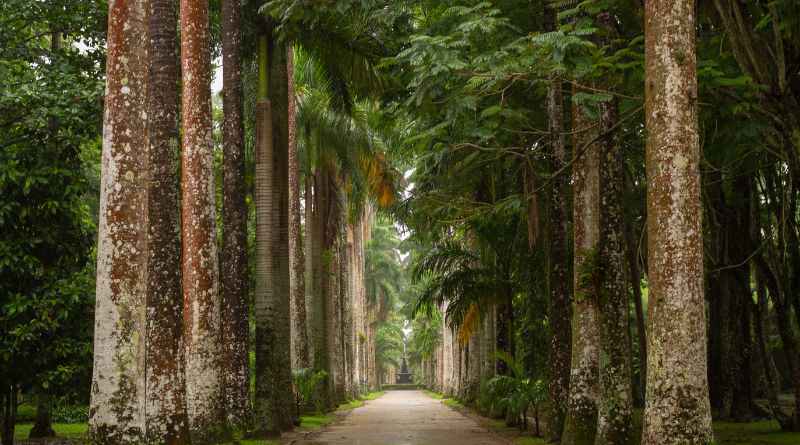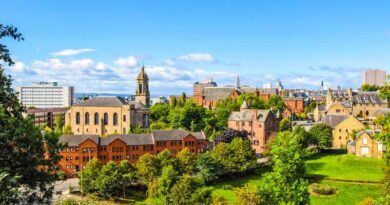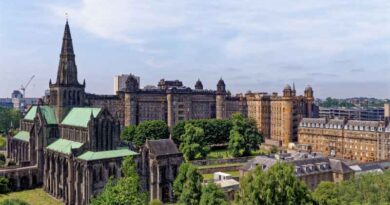A History of the Botanic Gardens Glasgow
The Botanic Gardens Glasgow is one of the oldest and most popular botanic gardens in the United Kingdom. Founded in 1817, the gardens have a rich and varied history, and have played an important role in the education, scientific research, and recreation of the people of Glasgow and beyond.
Early Years
The Botanic Gardens was founded by Thomas Hopkirk, a distinguished Glasgow botanist. Hopkirk donated his own plant collection to form the nucleus of the new garden, and with the support of a number of local dignitaries and the University of Glasgow, the gardens were laid out on an 8-acre site at Sandyford at the western end of Sauchiehall Street.
The gardens were originally intended for the use of the University of Glasgow for teaching and research purposes, but they were also open to the public at weekends. The gardens quickly became a popular destination for Glaswegians, who enjoyed the opportunity to escape the hustle and bustle of the city and enjoy the peace and tranquility of the gardens.
The Kibble Palace
In 1873, a new glasshouse was added to the gardens. The Kibble Palace was originally a private conservatory located at Coulport on Loch Long. It was designed by John Kibble, a wealthy Glasgow businessman, and was built in 1863. The Kibble Palace was one of the largest glasshouses in the world at the time, and it was a marvel of engineering.
The Kibble Palace was moved to its present site in the Botanic Gardens Glasgow in 1873. It was originally used as a concert hall and meeting place, but it was later converted into a greenhouse. The Kibble Palace is now home to a collection of over 700 species of plants from all over the world, including a number of rare and endangered species.
Expansion and Development
In 1891, the Botanic Gardens Glasgow was taken over by the Glasgow Corporation. The Corporation invested heavily in the gardens, and expanded their size to their current 44 acres. The Corporation also built a number of new features in the gardens, including a rock garden, a rose garden, and a children’s garden.
The Botanic Gardens Glasgow has continued to develop and expand over the years. In recent years, a number of new features have been added to the gardens, including a biodiversity garden, a Scottish native plant garden, and a rain forest house.
The Botanic Gardens Glasgow Today
The Botanic Gardens Glasgow is one of the most popular visitor attractions in Glasgow. The gardens attract over a million visitors each year, and they are a popular destination for people of all ages.
The Botanic Gardens Glasgow is a beautiful and tranquil oasis in the heart of Glasgow. The gardens are home to a wide variety of plants from all over the world, and they are a great place to learn about botany and horticulture. The gardens are also a great place to relax and enjoy the peace and quiet.
The Importance of the Glasgow Botanic Gardens
The Botanic Gardens Glasgow is an important educational and scientific resource. The gardens are home to a number of rare and endangered plant species, and they play an important role in conservation research. The gardens also provide a valuable educational resource for students of all ages.
The Botanic Gardens Glasgow is also an important recreational resource for the people of Glasgow. The gardens provide a place for people to relax and enjoy the peace and quiet, and they are a great place to learn about nature.
Conclusion
The Botanic Gardens Glasgow is one of the oldest and most popular botanic gardens in the United Kingdom. The gardens have a rich and varied history, and they have played an important role in the education, scientific research, and recreation of the people of Glasgow and beyond.




